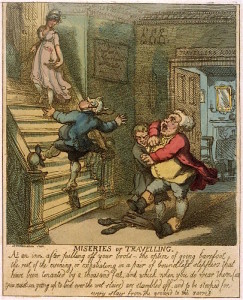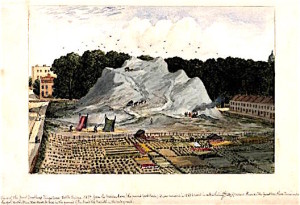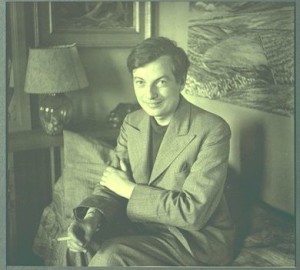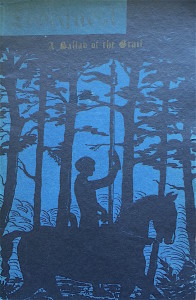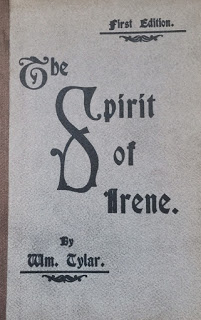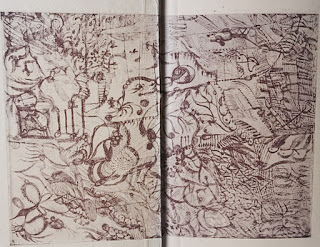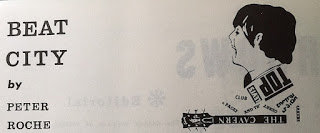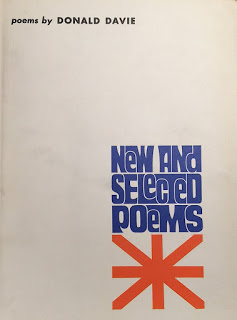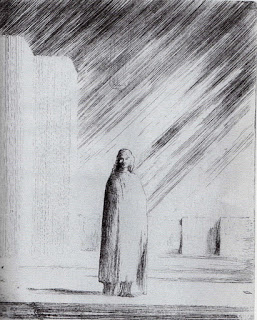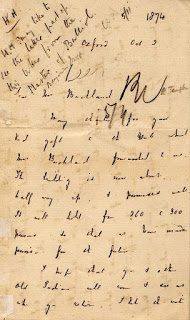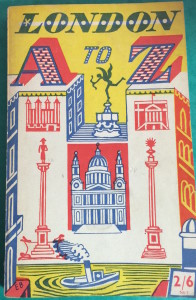 Found – this rare and attractive paperback guide to London published by Andre Deutsch in 1953 and illustrated by Edward Bawden. This extract of three entries gives the flavour
Found – this rare and attractive paperback guide to London published by Andre Deutsch in 1953 and illustrated by Edward Bawden. This extract of three entries gives the flavour
of the book. How many people raise their hats (head-gear?) when passing the Cenotaph in 2016? How many people still possess bowler hats and who could still call its football team ‘poor old Chelsea.’?
BOWLER HAT. The possession on of the correct type of bowler, hairy, not too large and curly-brimmed, is as essential to the young man about town as a pair of trousers. It is worn e either in the hand which is not carrying the rolled umbrella, or, sometimes, even on the head, tilted forward over the eyes at the angle adopted by villains in Victorian melodrama. The most London of all headgear…
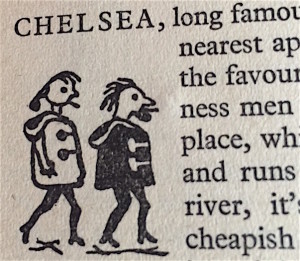 CENOTAPH. Designed by Sir Edwin Lutyens, the simple and auster national memorial to the dead of the Commonwealth in both world wars stands in the middle of Whitehall. It is the focal point of the nation’s morning on Remembrance Day. Men raise their hats when they pass it.
CENOTAPH. Designed by Sir Edwin Lutyens, the simple and auster national memorial to the dead of the Commonwealth in both world wars stands in the middle of Whitehall. It is the focal point of the nation’s morning on Remembrance Day. Men raise their hats when they pass it.
CHELSEA. Long famous as the home of artists, London’s nearest approach to a Latin Quarter, is now the favourite area of civil servants and businessmen as well.
An attractive and friendly place, which centres around the Kings Road and runs from Sloane Square down to the river, it’s studded with some very good cheapish restaurants, antique shops, drinking clubs. Both the men and women wear corduroy trousers. It also houses the Chelsea Football Club (at Stamford Bridge), long known as ‘poor old Chelsea,’ the despair and the delight – mostly the former – of its supporters.

